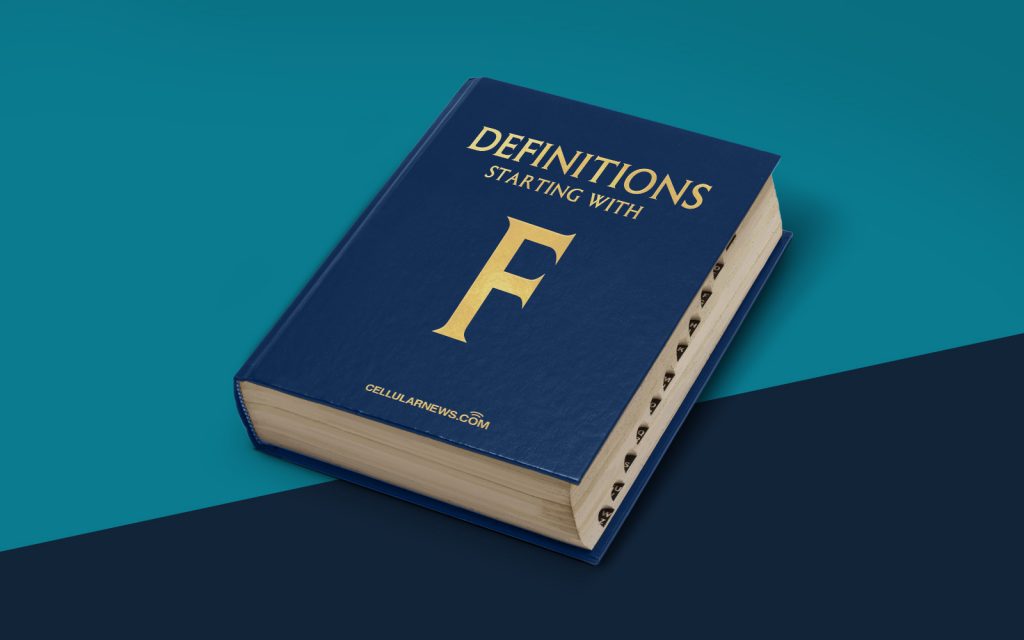
What is a Filter Bubble?
Welcome to the “DEFINITIONS” category of our blog! In this series, we delve deep into various terms and concepts to provide you with a comprehensive understanding. Today, we are focusing on one of the most intriguing phenomena of the digital age – the elusive filter bubble.
Have you ever wondered why you see certain content on your social media feeds, search results, or even online advertisements? The answer lies in the filter bubble, a term coined by internet activist and author, Eli Pariser. In simple terms, a filter bubble can be defined as an algorithm-driven, personalized content isolation phenomenon that limits an individual’s exposure to diverse perspectives and information that may contradict their preexisting beliefs or preferences.
Key Takeaways:
- Filter bubbles are algorithm-driven personalized content isolations that limit exposure to diverse perspectives.
- They can reinforce confirmation bias and lead to a narrower worldview.
Imagine you are walking into a bookstore with a broad range of genres – romance, mystery, science fiction, self-help, and so on. In this scenario, you are free to explore any section, pick up books that catch your interest, and gain exposure to a wide variety of ideas and stories. However, the filter bubble concept can be compared to a digital bookstore where an algorithm recommends books based on your past preferences, ultimately narrowing down your choices to a select few genres.
Similarly, when you interact with online platforms, the algorithms analyze your past behavior such as search history, likes, clicks, and shares. Based on this data, they create a profile and curate content specifically tailored to your interests. While this may seem convenient at first glance, it can unintentionally create a self-reinforcing loop that limits your exposure to information and viewpoints outside of your comfort zone. In essence, these algorithms create a “bubble” around each user, presenting content that reinforces their existing beliefs and interests, thus shaping their online experiences.
So, what are the implications of filter bubbles? Let’s dive deeper.
1. Reinforces Confirmation Bias:
When you are surrounded by content that aligns with your existing beliefs, it becomes easy to fall into a trap of confirmation bias – the tendency to seek, interpret, and remember information that confirms your preexisting beliefs. While it feels comfortable to interact with content that supports what you already think, it hampers critical thinking, hinders understanding of diverse perspectives, and can potentially lead to extremism.
2. Limits Exposure to Diverse Perspectives:
By selectively presenting content catered to your preferences, filter bubbles inadvertently restrict your access to alternative viewpoints and information. This limited exposure can result in a narrower worldview and hinder the growth of empathy and understanding. In an era where genuine conversations and open dialogue are crucial, filter bubbles can impede progress towards a more inclusive society.
As internet users, it is essential to be aware of the filter bubble phenomenon and take steps to break free from its constraints. Actively seeking out diverse sources of information, engaging with content that challenges your perspectives, and being open to different viewpoints are some effective ways to burst your own bubble.
We hope this definition provides you with a clear understanding of what a filter bubble is and its impact on our digital experiences. Stay tuned for more informative articles in our “DEFINITIONS” series!
